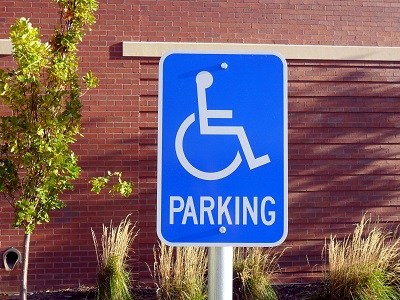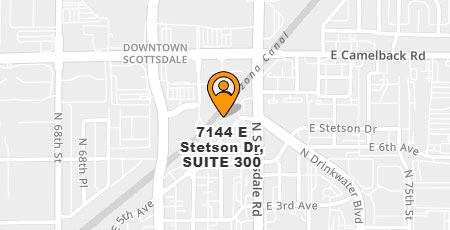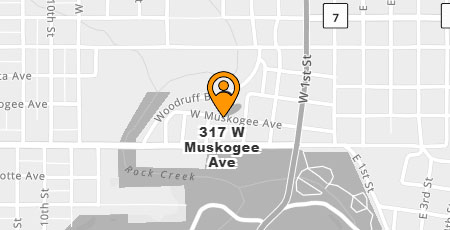By Jonathan Udell | Law Clerk at Rose Law Group
Last March, news broke that a lawyer in the Phoenix area planned to file thousands of American Disabilities Act parking lawsuits. That’s right: thousands. Sure enough, over the past 10 days, a law firm in Phoenix has brought over 200 ADA parking claims against Arizona businesses.
The deluge of ADA parking lawsuits is largely caused by laws involving “standing” in Arizona. Standing determines who has been sufficiently hurt by an illegal action to bring a claim for it. For example, if my neighbor spills a drink on his doorstep, I can’t sue him if the pizza delivery guy slips and falls.
However, for ADA violations, the line isn’t so clear. The Ninth Circuit has held that mere knowledge of barriers to access gives disabled individuals a right to bring legal claims. They can thus take a non-compliant business to court without ever having visited its premises. To adapt to this emerging threat, Arizona enterprises must quickly become familiar with the ins-and-outs of handicap accessibility law.
In spite of the recent flood of litigation, businesses only very rarely violate ADA accessibility laws on purpose. The vast majority of lapses are simply due to the law’s complexity. Towns and cities can (and often do) create their own accessibility requirements. Some businesses are treated uniquely under law. And when the building was built or modified affects the rules that govern it.
For example, when the Department of Justice created new ADA rules in 2010, it essentially created three sets of standards. Parking lots and structures that have not been modified since mid-March 2012, and were complying with the 1991 standards, are not bound by the new 2010 rules until they are next altered. Recently modified facilities, on the other hand, are subject to the newer, stricter rules.
Meanwhile, businesses that have not altered their facilities since mid-March 2012, but are not in compliance with the 1991 standards, must modify their facilities “to the extent readily achievable” with the 1991 or 2010 standards. This means they must comply as much as possible, without too much difficulty or expense. The complexity of this “safe harbor” provision is a frequent source of aggravation for unsuspecting business owners.
An additional hurdle to compliance comes in the form of local regulations. Phoenix and Scottsdale, in particular, enforce directives that go beyond the ADA’s requirements. For example, under the ADA itself, many large parking lots with over 150 spaces can have three percent or fewer accessible spaces. Scottsdale, however, requires all public parking lots to set aside at least four percent of their spaces for accessible parking. In lots with over 500 spaces, this can amount to a doubling of the federally required spaces.
Meanwhile, Phoenix has passed numerous regulations for accessibility signage. All signs must at a minimum state, “Reserved Parking,” and, “Phoenix City Code.” Signs that were erected or replaced after October 1, 2001 must contain additional wording. They must specify who the reserved parking is for, and thus read, “Reserved Parking For Vehicles Showing Disabled Insignia or License Plate Only.”
The newer signs are also subject to size requirements. They must be at least one-foot-wide by two inches high, permanently mounted to an “approved” stationary post or wall and five to six feet above the parking surface.
The laws, regulations and ordinances governing accessible parking are truly a twisted web. Business owners are responsible for meeting the ADA’s requirements. The best way to avoid a lawsuit, of course, is to become compliant. Conforming to the law can be a difficult process, and attorneys can help greatly. If a demand letter is sent, it becomes all the more important to be proactive. In addition to full compliance, plaintiffs often seek a cash settlement. An ADA-experienced negotiator can make this process cheaper for businesses, and much less of a headache.
You may also like:
Complying with the Americans with Disabilities Act signage requirements
Americans with Disabilities Act wheelchair compliance in an aging nation






